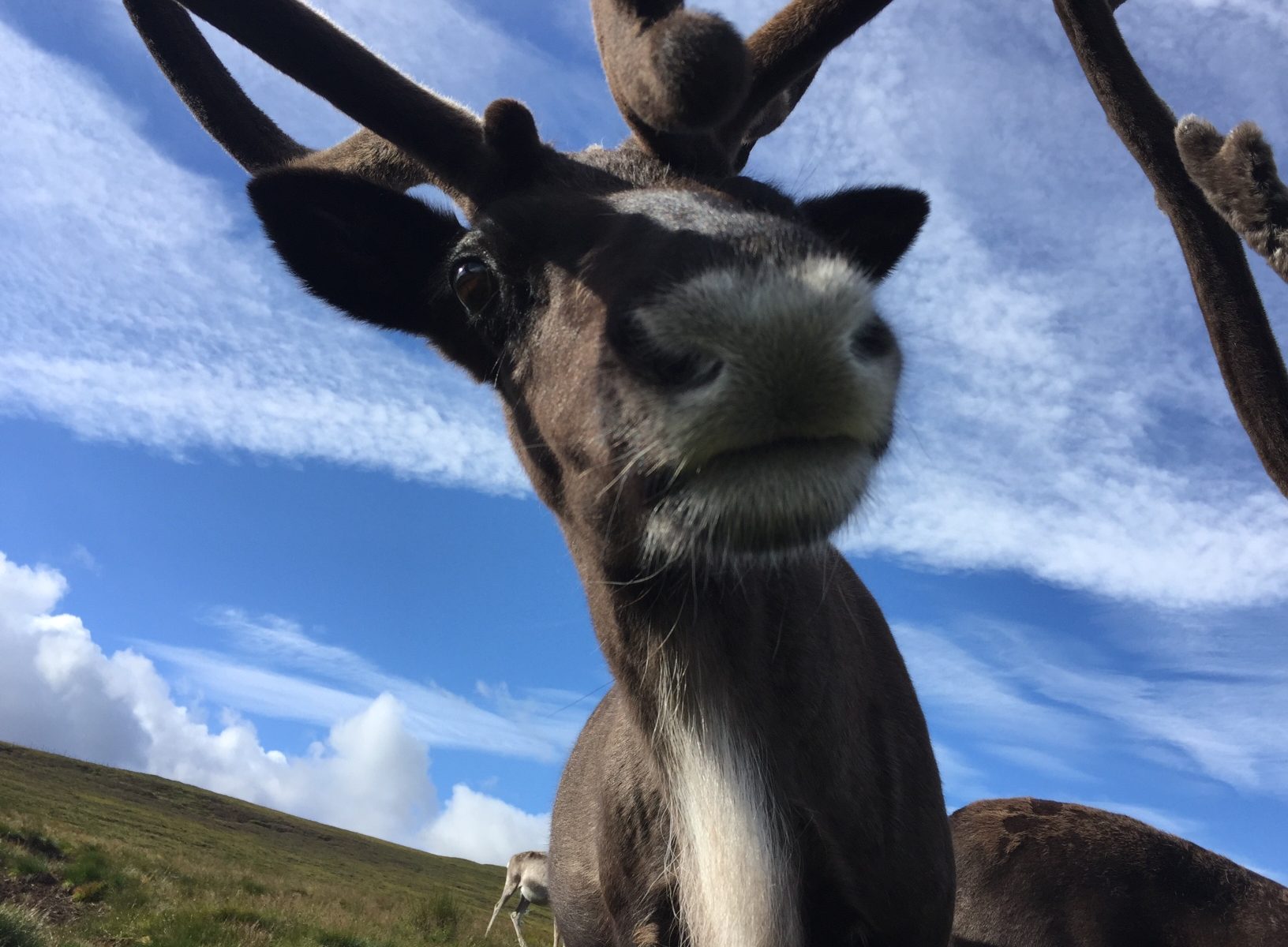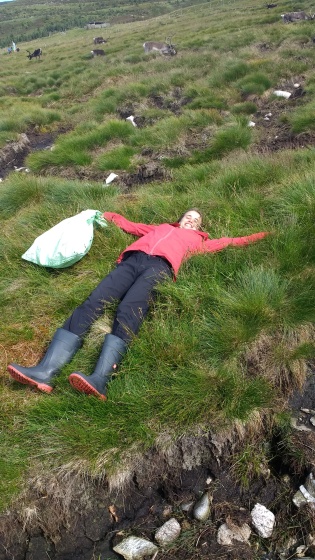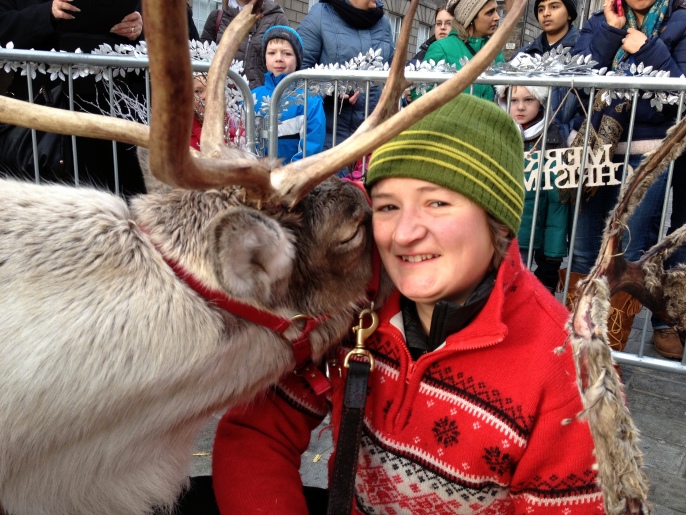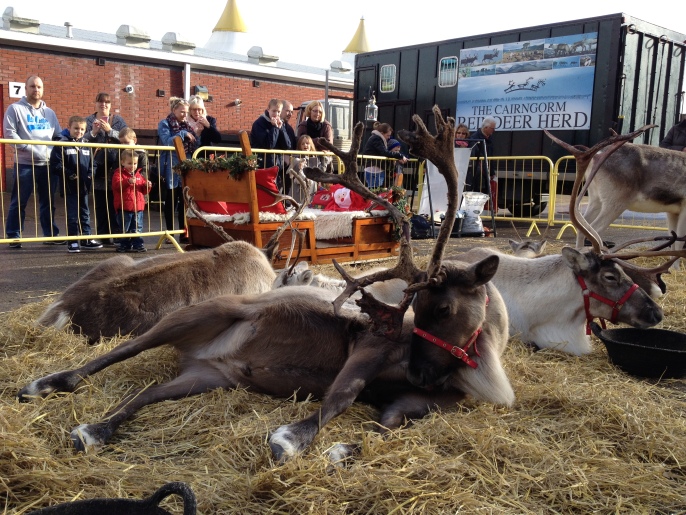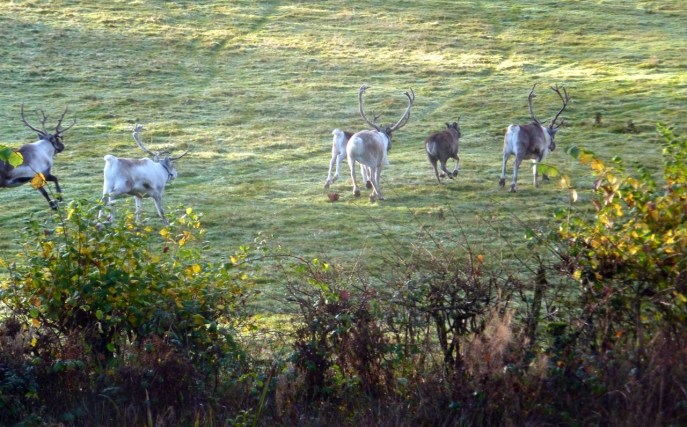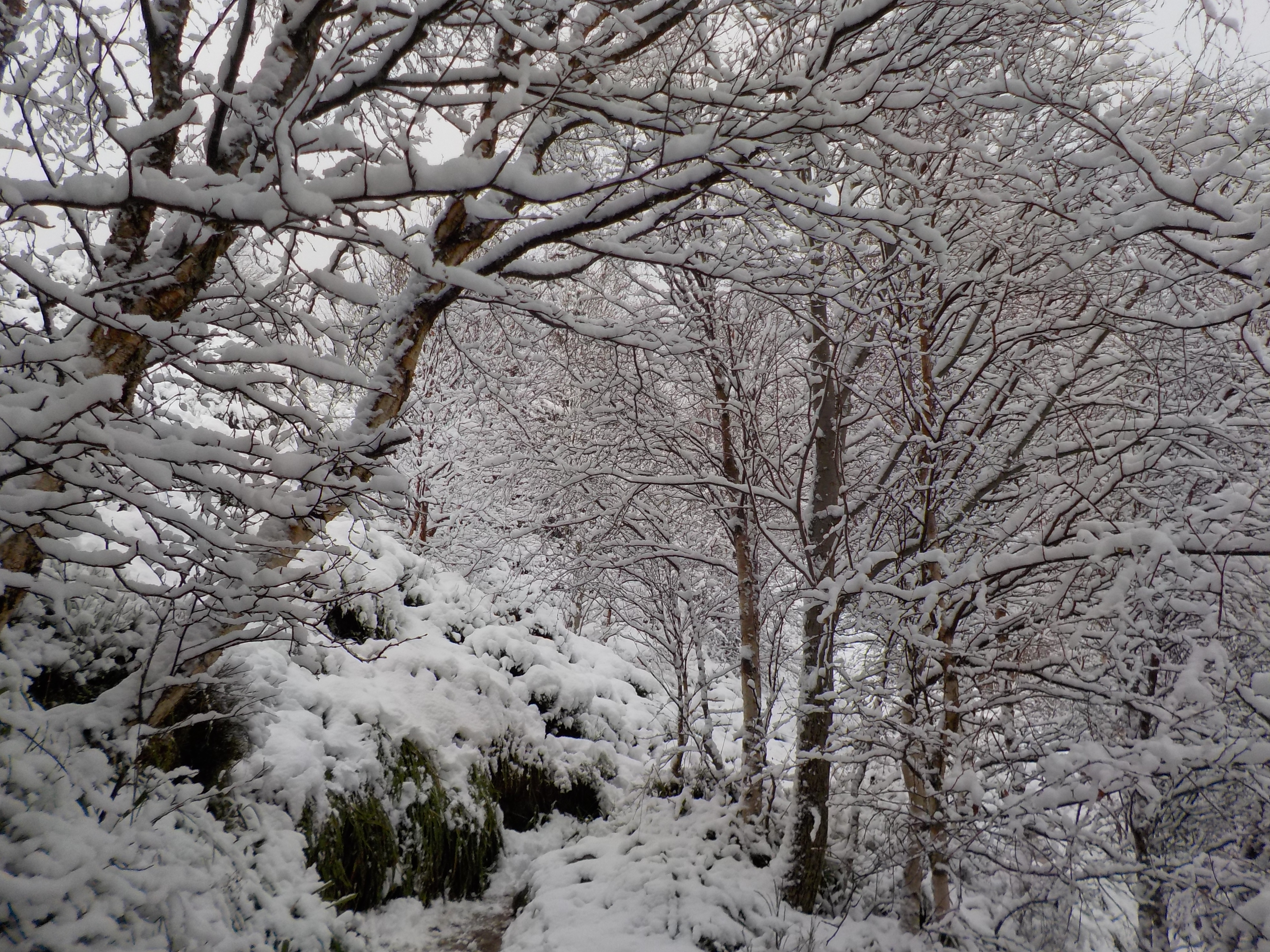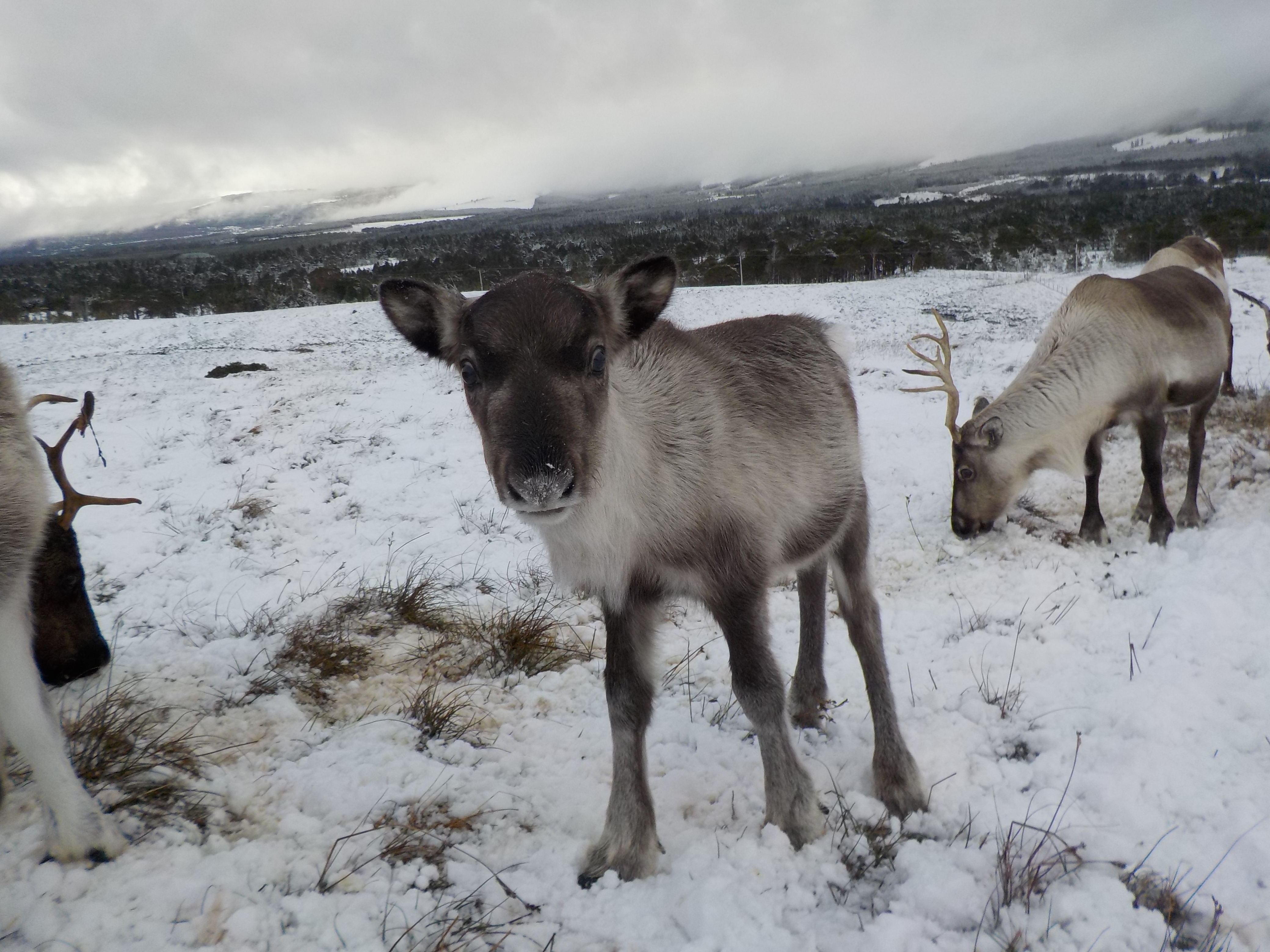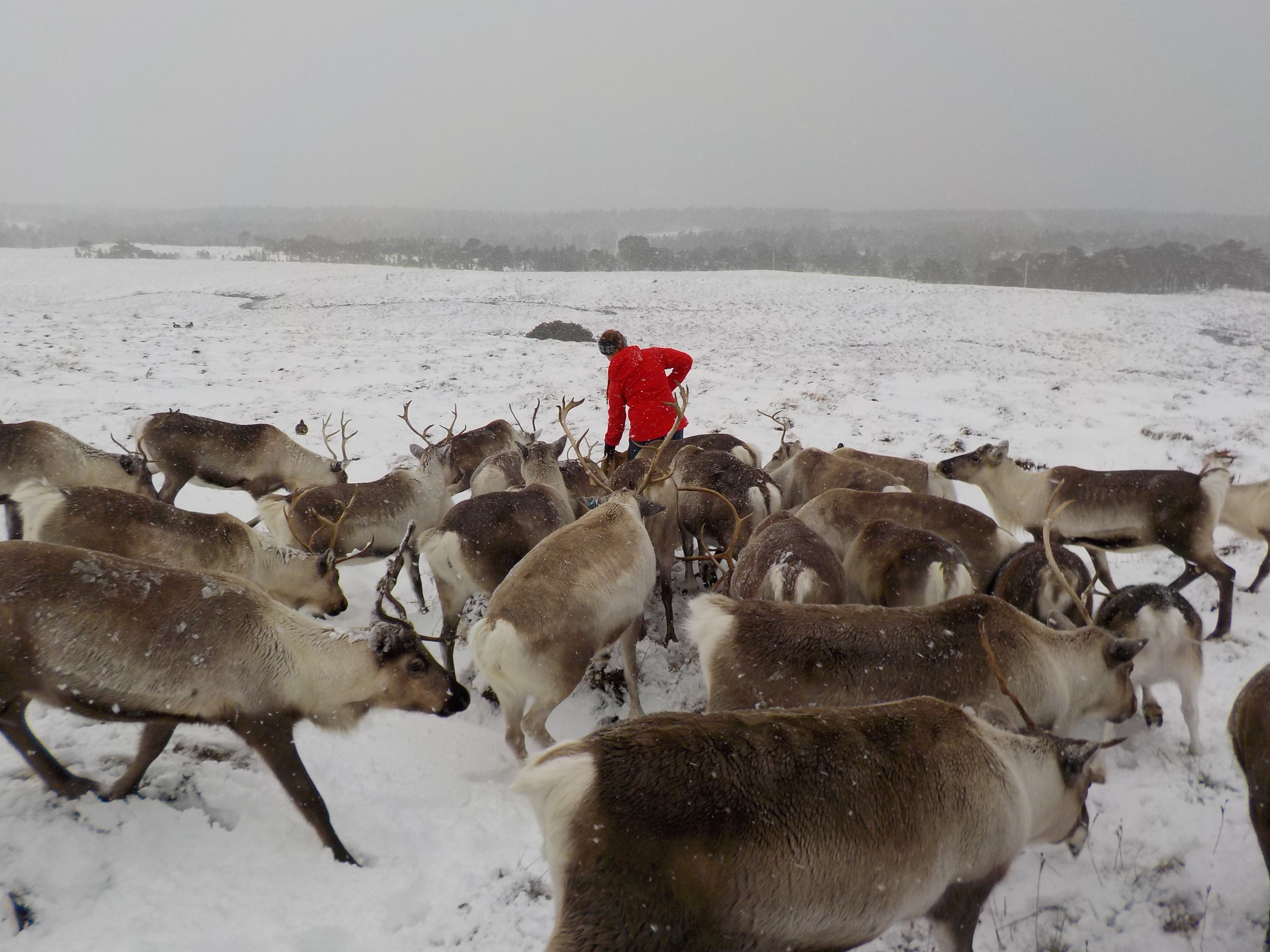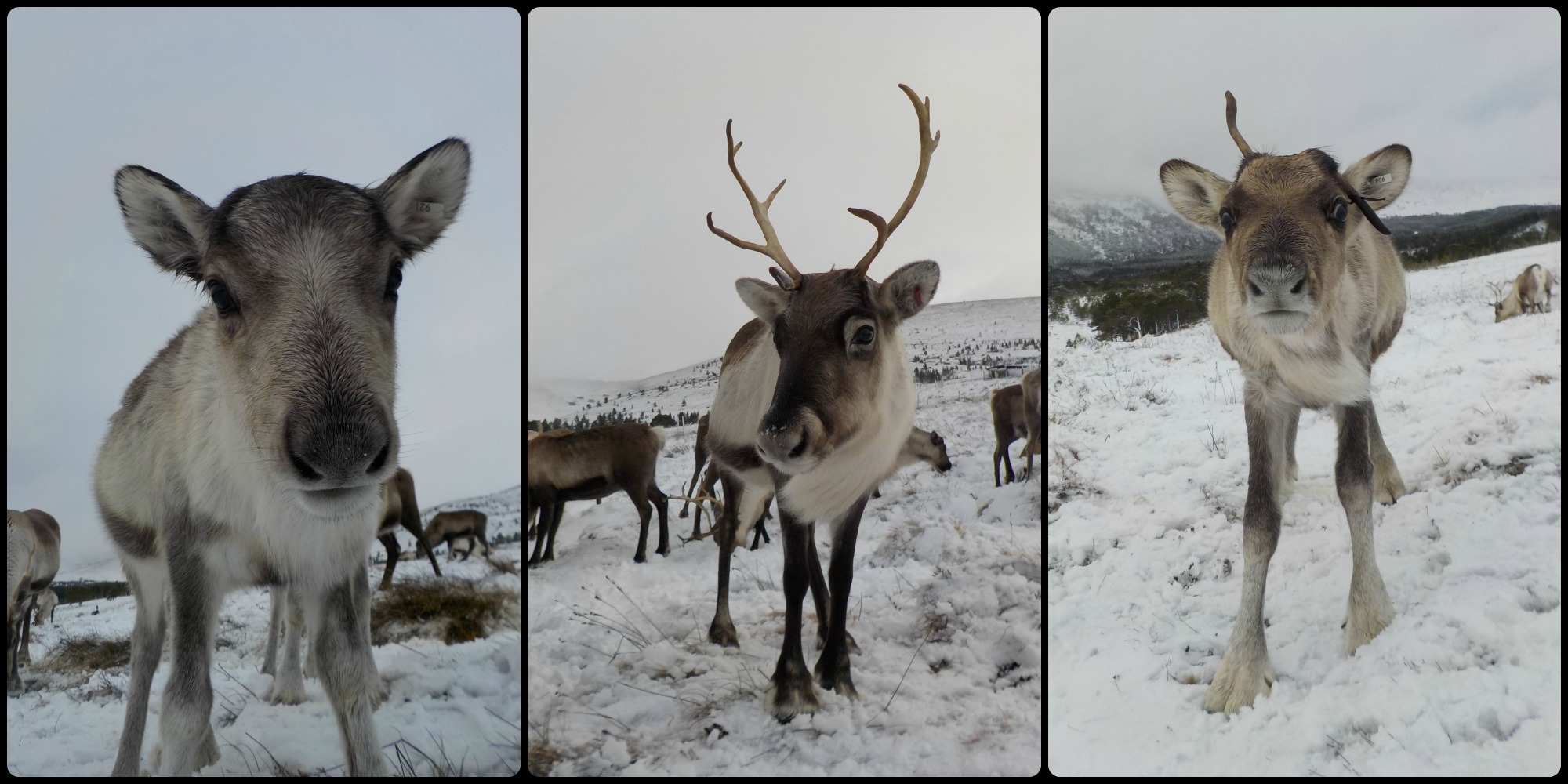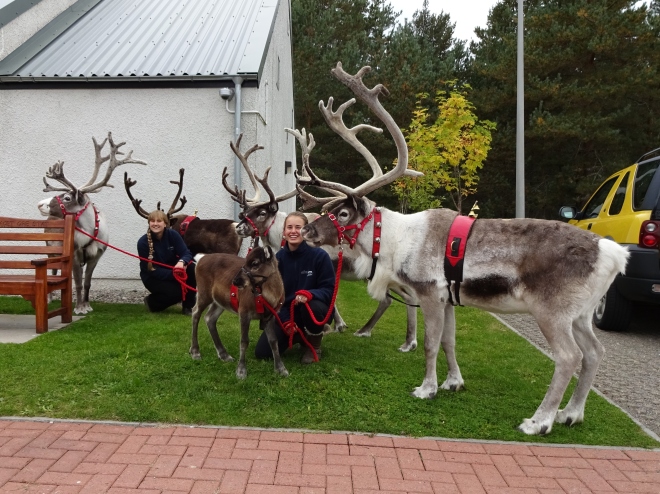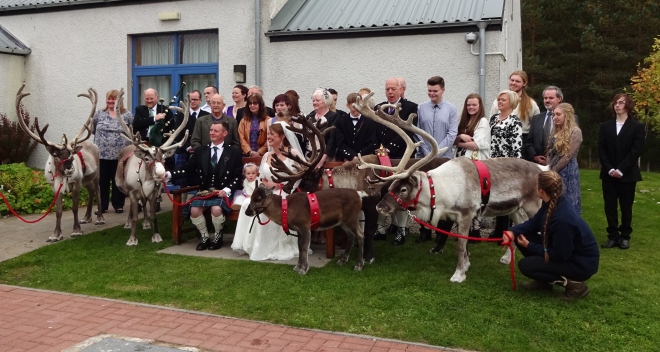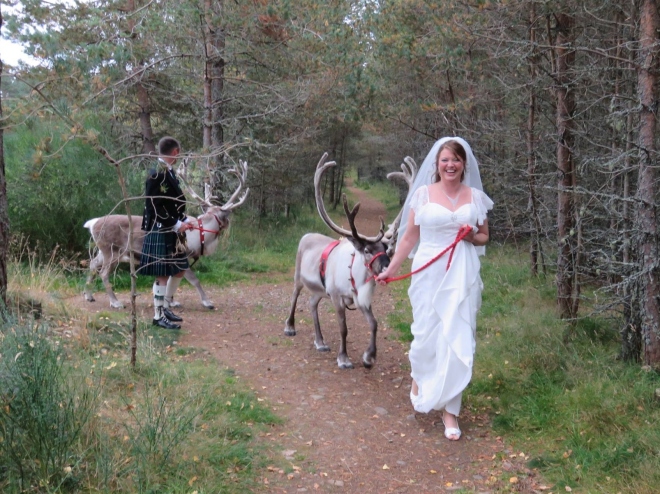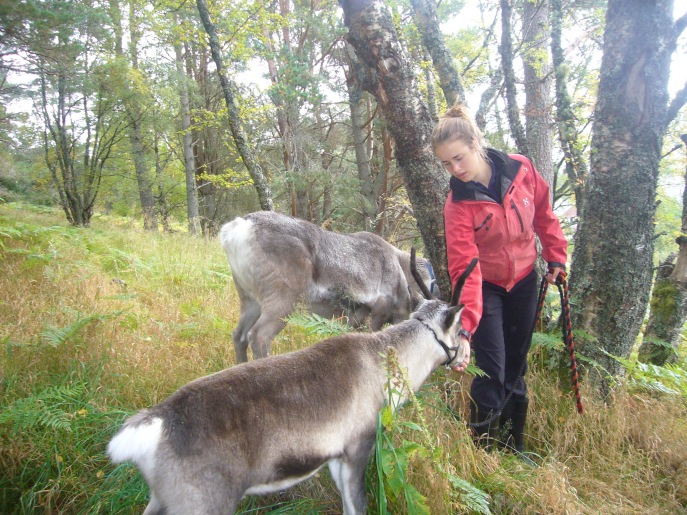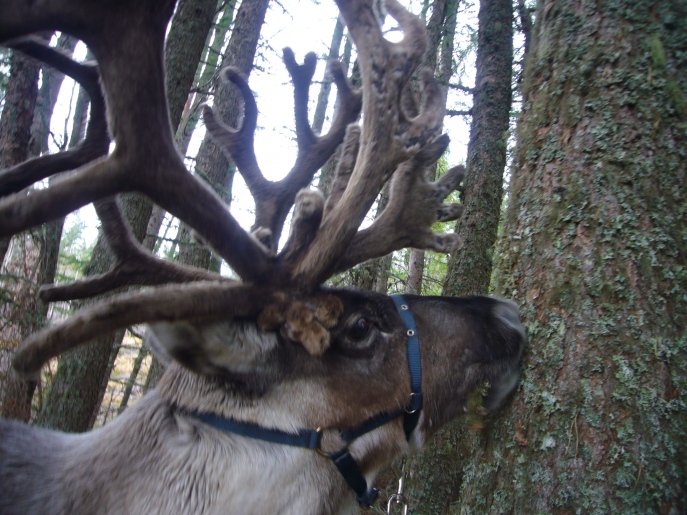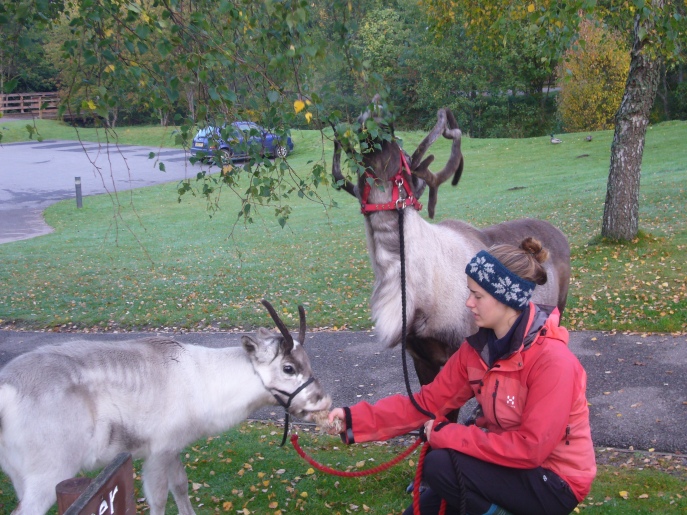For those of you who have been up on our hill trips you will know that we carry hessian sacks of reindeer food up with us each day. We do this partially to ensure we don’t over graze our hill enclosure and partially as a bribe so we know the reindeer will show up on our visits (it wouldn’t be quite the same without them). Over the past few weeks I have noticed less and less reindeer food in my sack and more and more down the back of my t shirt. After repeatedly tying up holes in the bag we decided to get to the route of the problem! Mice!
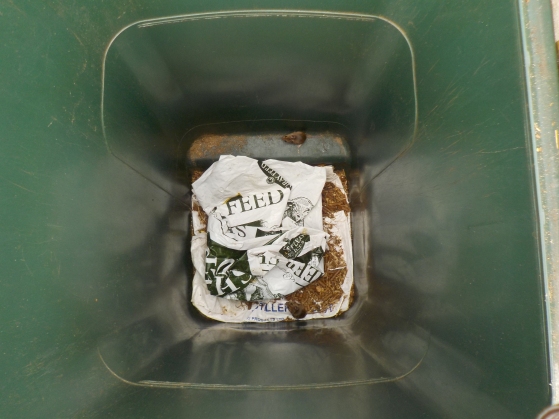
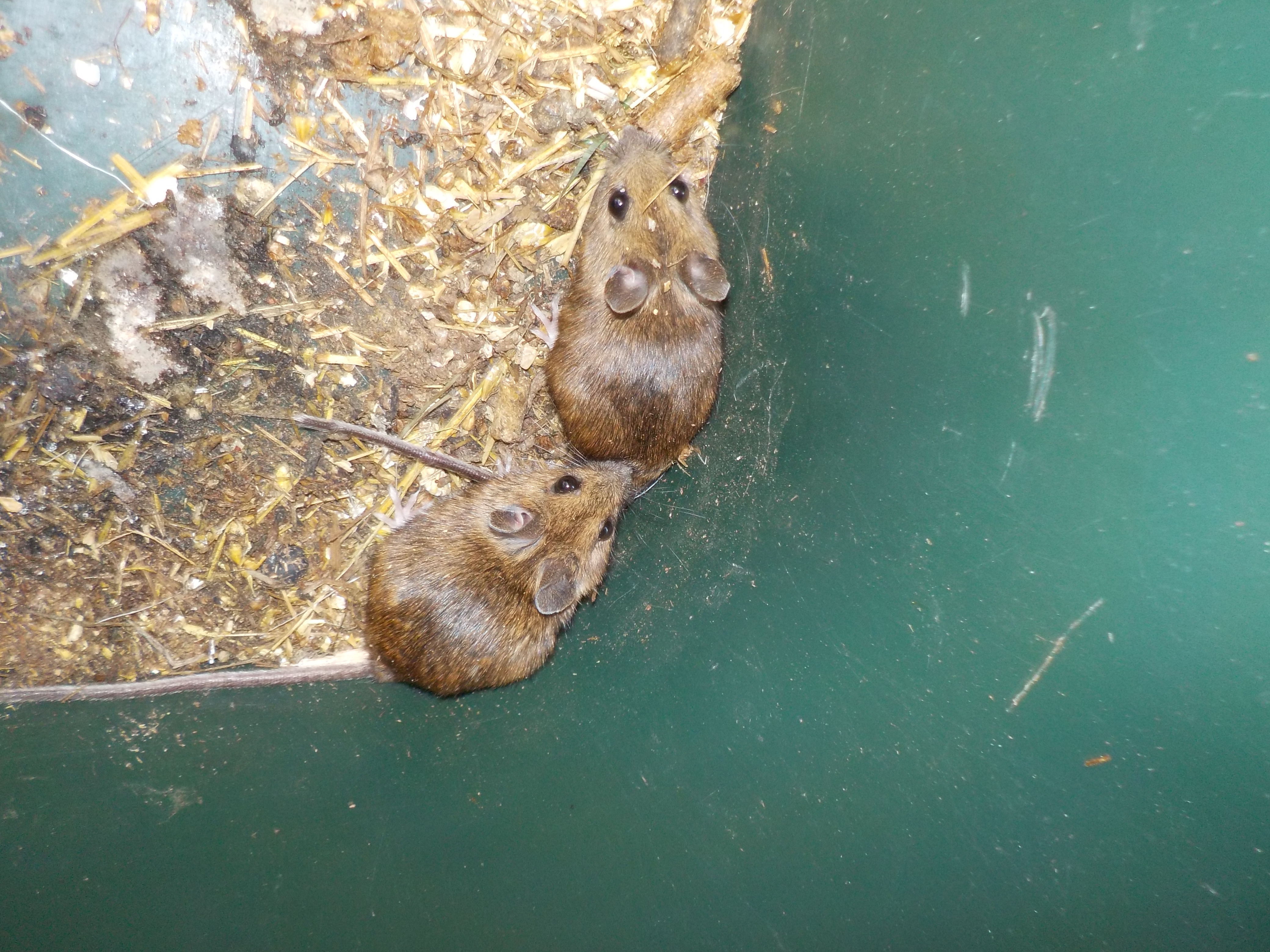
We found these two lovely mice in the bottom of the bins where we keep the food in the hill enclosure. They must have been living in absolute heaven, more food than they could eat in a life time. Unless I wanted my job title to change from reindeer herder to full time sack darner we needed to get those mice out. At this point Olly gave me a choice, either we could catch the Mice and move them far enough away that they wouldn’t find their way home or we could more permanently remove them from the bin (in the quickest, kindest and most humane way possible). Have spent my whole life a vegetarian I of course opted for the first option.
At the end of our hill trip Julia and I (assisted by Chris and Geri) attempted to catch the mice. After first making sure to punch breathing holes in the top of a shortbread tin we attempted to get both mice inside. This was more difficult than anticipated but eventually we succeeded.
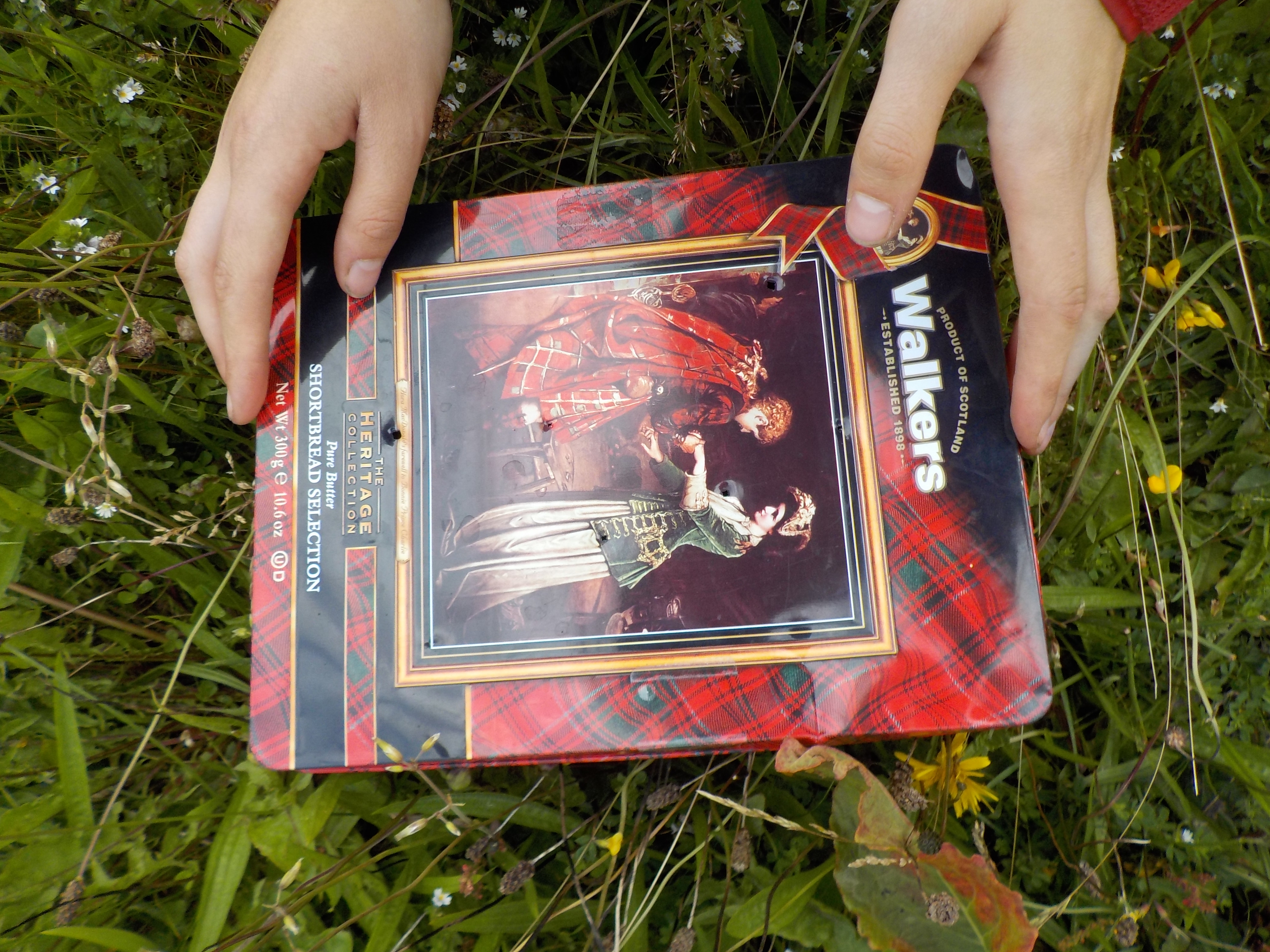
We thought that if we put a fair bit of mountain and a river in between the mice and the feed bin they would be unlikely to return so we decided to drive them to the Ciste car park (slightly further up the ski road than our hill enclosure).

Upon opening the tin we found they were both alive and well. They stayed in the tin for just long enough for us to take a photo before scampering off through the undergrowth. I think that will be the last time we see those mice but secretly I hope it’s not, they were so sweet!
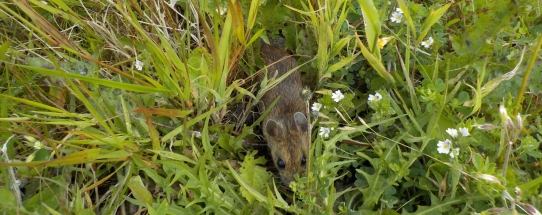
Lotti

